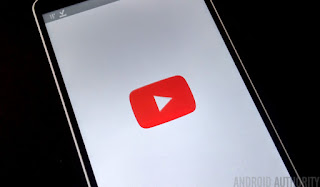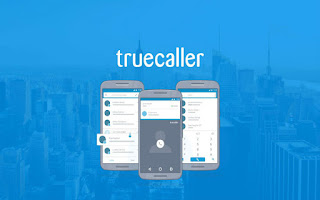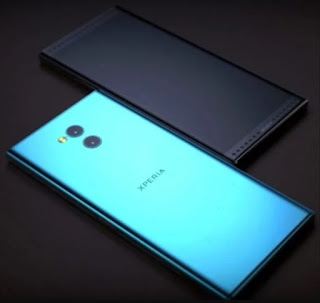There really is no one single smartphone camera that’s best for all kinds on photography. That is mostly because the parameters that make a photo taken in a museum, for example don’t look as good as when you’re trying to take a selfie when you’re out camping.
Simply judging by the megapixels a camera boasts doesn’t work; more important camera statistics like the camera’s aperture or even the kind of flash used are often overlooked, when they shouldn’t. A more comprehensive evaluation of smartphone cameras can be made by authoritative reviews, such as the
DXO scores for a camera’s photography or videography.
The smaller aperture of the Google Pixel, for example, makes it great to capture better pictures. Going as low as f1.8 (lower is better), it becomes easy to see why the camera works so well despite being 12.3 MP. Not to say cameras higher in MP should make you suspicious either.
For example, the HTC U11 is capable of being used as a pretty amazing professionally suitable camera, coming with 16 MPs and an aperture as low as f1.7. The iPhone 8 plus comes with a new dual lens feature which processes images with stunning clarity , almost borrowing the concept from the human body in how we perceive depth through two eyes. This also makes the iPhone 8 Plus great for depth-based effects such as
Bokeh.
When it comes to videography, image stabilisation and low noise in recordings is very helpful. Google Pixel 2 does very well in the matter, getting an impressive score for 96 from DXO for videography.
Closely following it is the iPhone 8, which is the model from which Apple started incorporating HD recording only, instead of requiring the user to toggle the mode as was the case earlier. This ensures that videos recorded are crisp and mighty impressive.
Smartphones are hard to judge when it comes to low-light photography. The human eye captures a stunning amount of detail due to millions of years of evolutionary trial and elimination; a machine inevitably finds it hard to capture such detail with the limited light incident on the objects you’re trying to click photos of.
Nevertheless, Samsung’s Galaxy Note 8 does a fair job capturing details and color contrast in dark conditions. However, it doesn’t score as well in terms of videography.
Written by Lisa Brock |
Techiespad






























